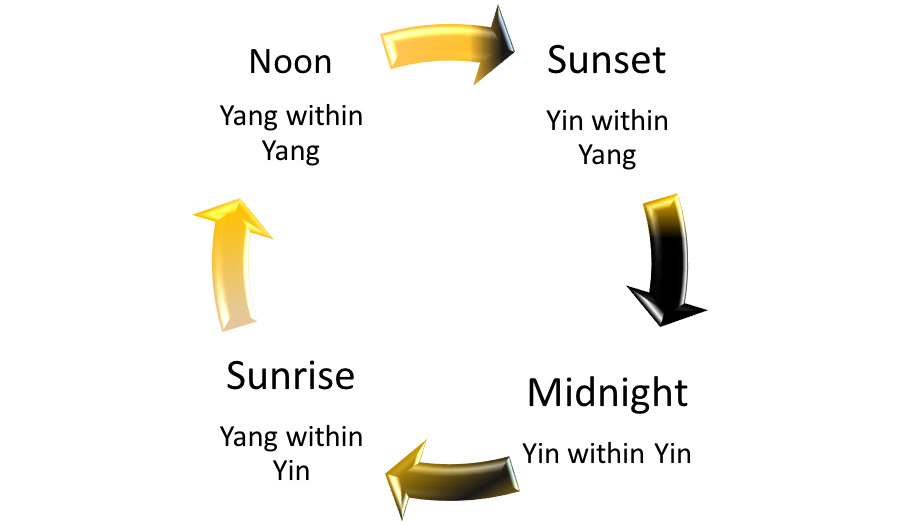
One of the most profound philosophies that the ancient Chinese gave us is the theory of Yīn-Yáng. It has permeated popular culture so deeply, that it is even an emoji on our digital device, yet many do not really understand it. We see this symbol and we think Yīn-Yáng but the actual name of this symbol is the Tai Ji symbol. It is not wrong to describe it as Yīn-Yáng, as it does represent these. However, most people do not really interpret Yīn-Yáng correctly.
There is often a reference to Yīn-Yáng as being a dualistic theory. I find this incorrect, as most times dualism refers to two things that are opposed to each other - "either-or," "black or white," "dark or light," "female or male," "good or bad." This is not what Yīn-Yáng refers to. The symbol is very clearly pictured with a white, fish-like form with a black eye and a black fish with a white eye. Black and white are bound together; there is neither one that it completely black nor completely white at any point in time. There are no absolutes. The Tai Ji symbol is actually a symbol in motion.
If we were to begin to look at the white fish from its tail and move clockwise, this could represent the growing of the Yáng; like the beginning of day. But at the tail of the white fish is the head of the black fish, the largest part of the fish's body. If we were to look at this as the transformation of night to day, this point of white tail and black head would be midnight. When the maximum of Yīn occurs - midnight, the smallest of Yáng has already begun its ascent; as such, the seed of daylight has already begun its germination. What we experience as sunrise would be represented halfway up the white fish body and noon would be at the head of the white fish. There once again, even though we experience the highest of the light, the seed of Yīn, the tail of the black fish, has already begun to manifest. This is definitely NOT dualism. This is equilibrium in motion - life transforming to death, death transforming to life, neither is absolute. Crazy isn't it? A symbol so simple as this can manifest such profound thought.
The Chinese philosophers of the Yīn-Yáng School, which arose during the Warring States period (476-221 BCE), most especially Zou Yan, is credited with developing Yīn-Yáng theory and the theory of the Five-Elements. They were also called the Naturalist School, where the focus was to understand the laws of Nature in order to harmonize one's self to it, rather than to control it. Over two thousand years later, we are still trying to grasp these ideas, as some of us continue to misunderstand and sometimes manipulate these theories to suit our needs for domination over Nature. But as we know that midnight will transform to dawn, these too will have to transform. The Extreme Yin of midnight holds the seed of Yang that will transform darkness into light.
Diagram by Elaine

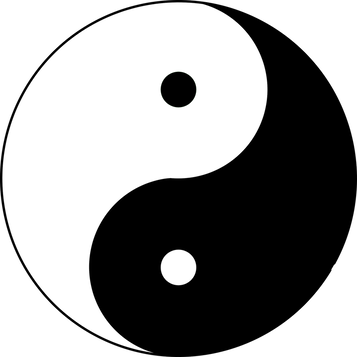
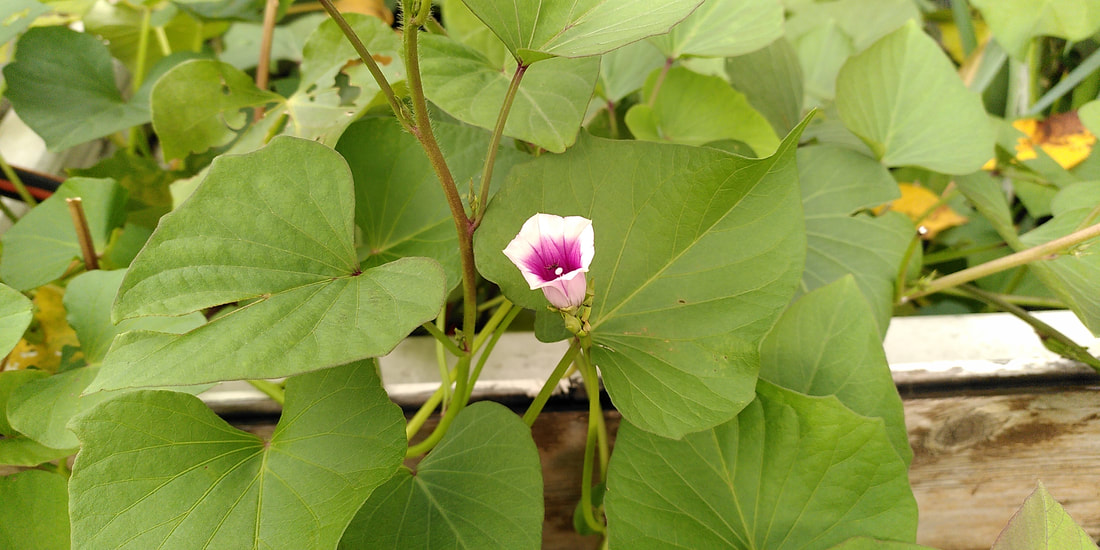
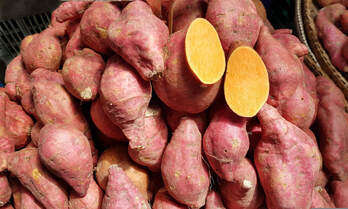
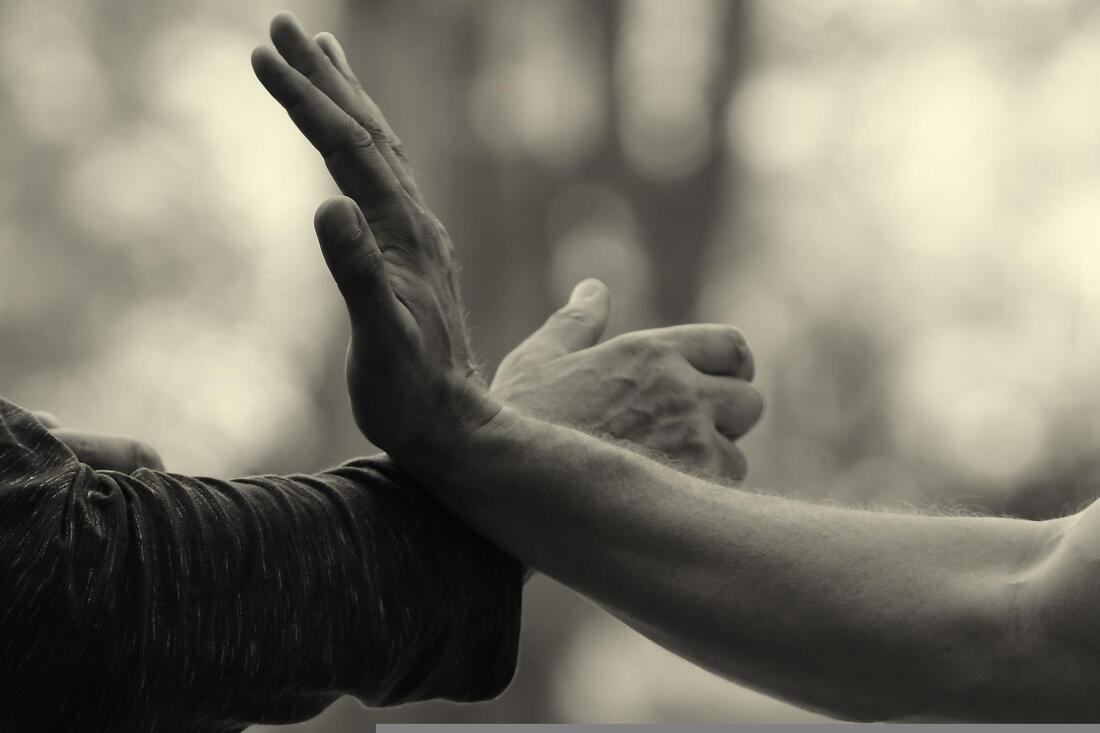
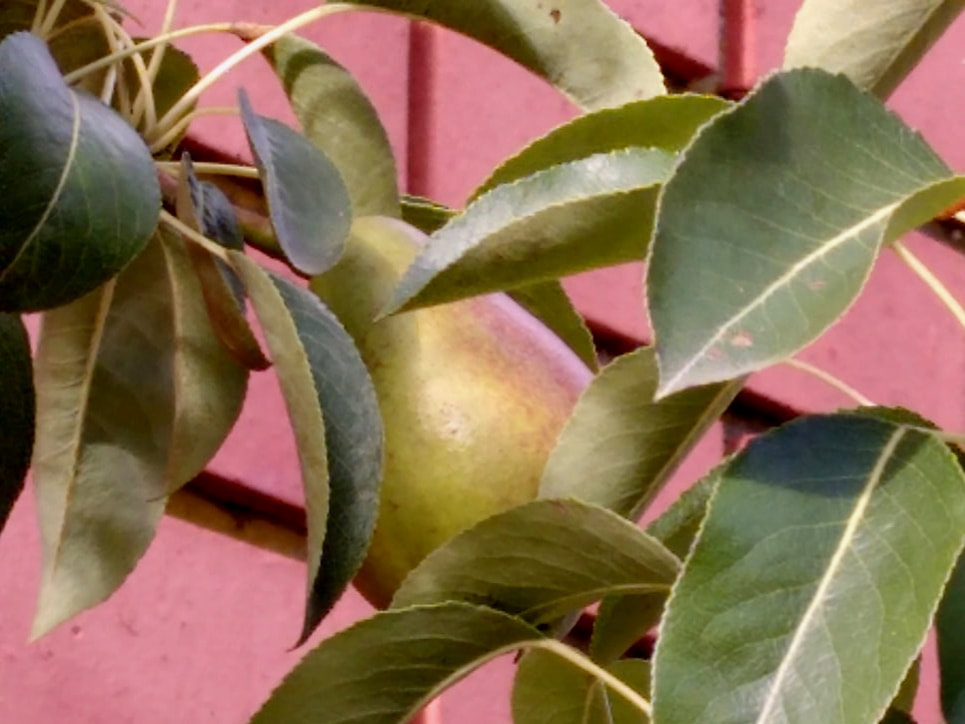
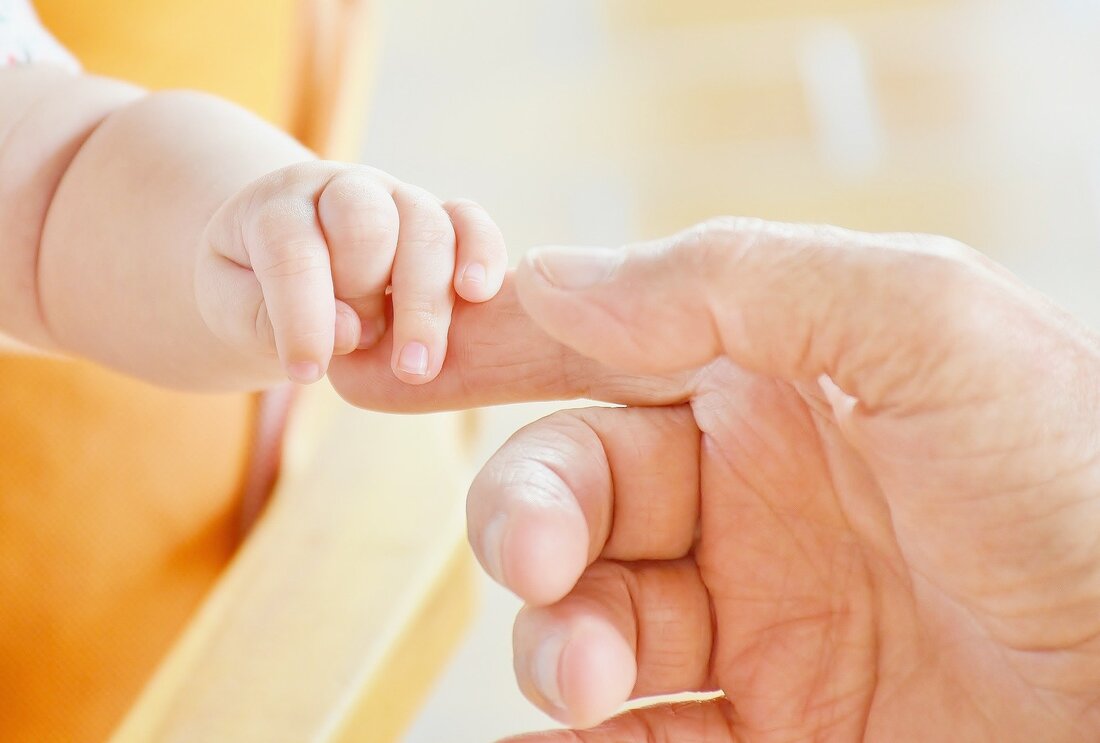
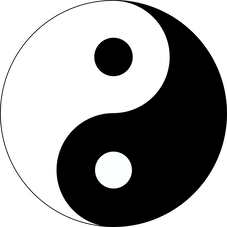
 RSS Feed
RSS Feed